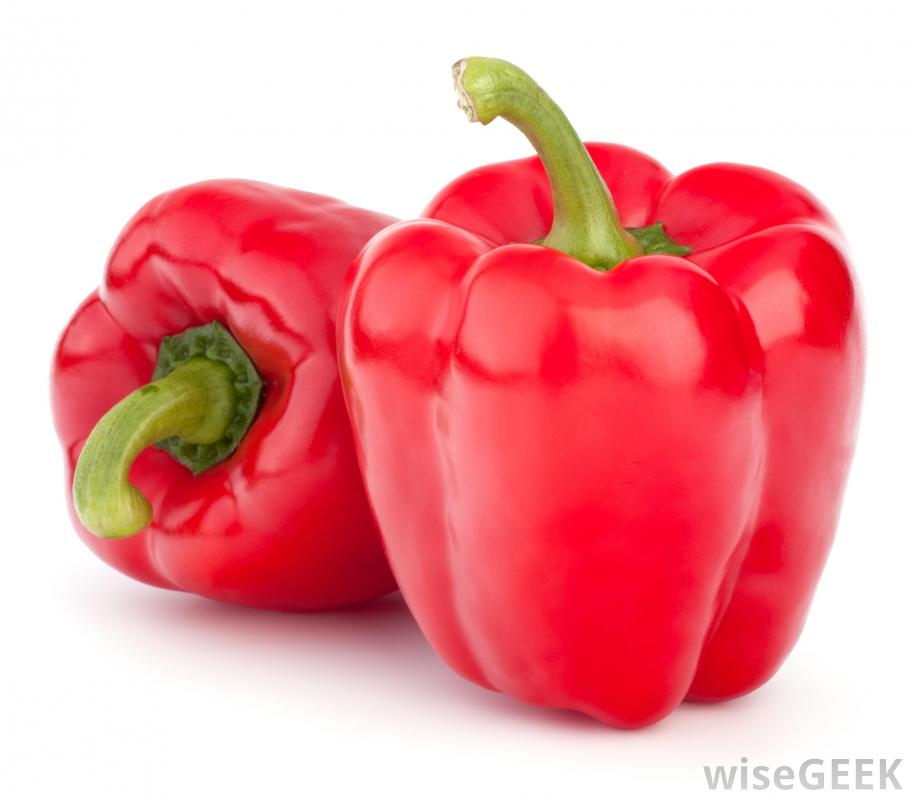These 10 Super Veggies Can Boost Your Health
For better health, add this colorful assortment of nutrient-dense super vegetables to your diet. There are links throughout this article that will take you to some very yummy, and simple recipes to help you easily incorporate them. Aim to include 5 servings every day. How much in a serving depends on the vegetable:
Serving Size
1. Bell Peppers are rich in several nutrients, no matter the color – red, green, orange, yellow or purple. Red peppers, because they stay on the vine longer, contain a significantly higher level of beta-carotene and vitamin C than green peppers.
 2. Tomatoes get their bright colors from lycopene, a carotenoid that can help reduce the risk of heart disease, cataracts and cancer. Lycopene in combination with other nutrients makes ripe tomatoes one of the best foods you can eat. They’re an excellent source of vitamins A, C and K as well as biotin–which is important for metabolism and energy production, plus it helps maintain a healthy blood sugar level.
2. Tomatoes get their bright colors from lycopene, a carotenoid that can help reduce the risk of heart disease, cataracts and cancer. Lycopene in combination with other nutrients makes ripe tomatoes one of the best foods you can eat. They’re an excellent source of vitamins A, C and K as well as biotin–which is important for metabolism and energy production, plus it helps maintain a healthy blood sugar level.
3. Dark Leafy Greens are a food you should strive to eat every day. They’re more nutrient-dense than any other vegetable. Leafy greens are an excellent source of everything from calcium and potassium – major minerals that the body needs to function properly– to vitamin C and iron. Eat a variety of dark greens, raw or cooked, including Swiss chard, kale, romaine, collard greens, mustard greens and spinach.
4. Sweet Potatoes are very different than regular potatoes. They have greater amounts of beta-carotene and antioxidants. Sweet potatoes are also an excellent source of vitamins A and C, and a good source of potassium, fiber and vitamin B6.
5. Cauliflower isn’t green like its broccoli cousin because the thick outer leaves prevent the production of chlorophyll. Cauliflower still is a nutrient-dense food. One cup contains as much vitamin C as an orange and more fiber than a potato. Cauliflower also is an excellent source of folate – important for healthy cell division and growth–and B vitamins.
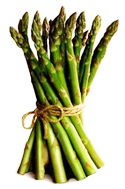 6. Asparagus is an excellent source of folic acid (also known as folate), a vitamin essential for proper formation of cells and important for a healthy cardiovascular system. It’s also a great source of potassium, fiber and vitamins A, C and K.
6. Asparagus is an excellent source of folic acid (also known as folate), a vitamin essential for proper formation of cells and important for a healthy cardiovascular system. It’s also a great source of potassium, fiber and vitamins A, C and K.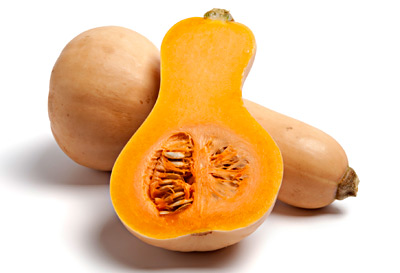
7. Winter Squash contains carotenoid phytonutrients, which gives squash their color and provides health-promoting benefits, including powerful antioxidant and anti-inflammatory agents. Popular types of winter squash include butternut, acorn and spaghetti squash, along with pumpkins and kabocha – a Japanese squash.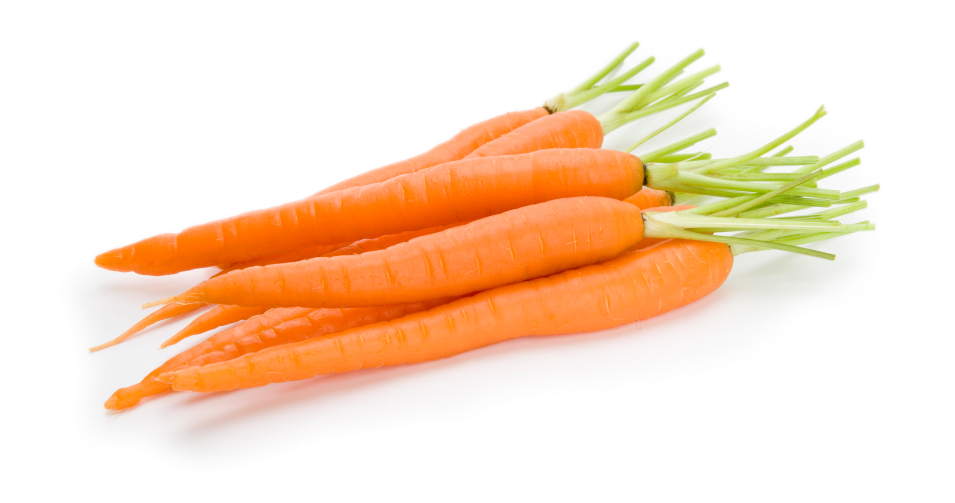
8. Carrots are associated with good eyesight due to the pro-vitamins alpha- and beta-carotene, precursors to vitamin A, that also give carrots their bright orange color. The body makes retinal from vitamin A, which is a nutrient that’s important in helping human eyes perceive light.
9. Broccoli is an exceptional source of fiber, folate and vitamins A, C and K—plus a good source of 16 other nutrients. The florets and the stem are both highly nutritious, so don’t ignore the stem! Broccoli is part of the cruciferous vegetable family. Cruciferous vegetables contain sulfur 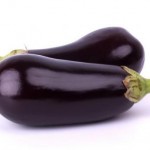 compounds that neutralize toxic substances, helping to lower the
compounds that neutralize toxic substances, helping to lower the
risk of cancer.
10. Eggplant gets its deep, rich color from a flavonoid called nasunin, a potent antioxidant that protects cell membranes from damage. Eating eggplants may also be beneficial to the central nervous system.
